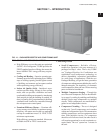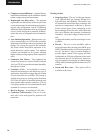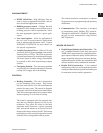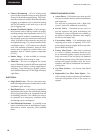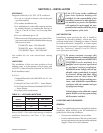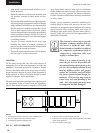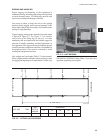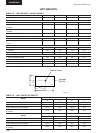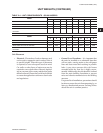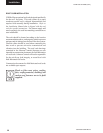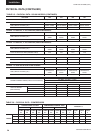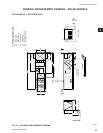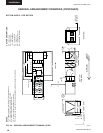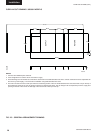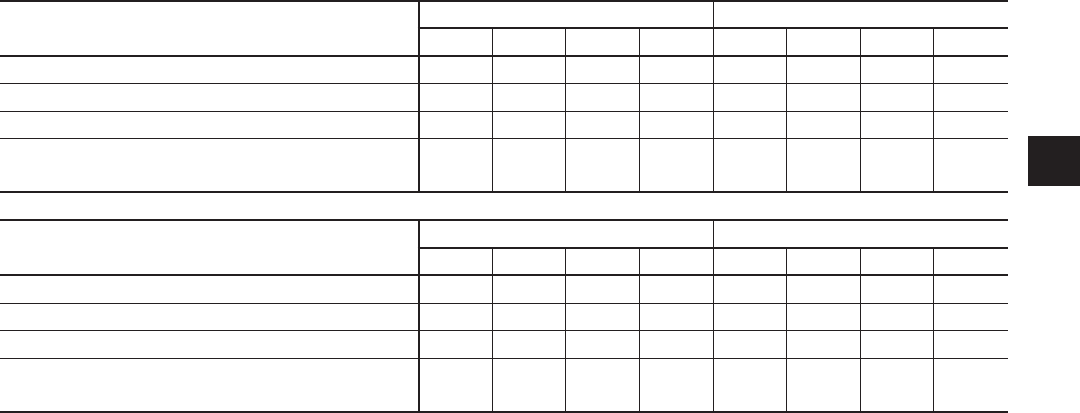
21
2
JOHNSON CONTROLS
FORM 100.50-NOM6 (1207)
UNIT WEIGHTS (CONTINUED)
TABLE 2-4 – UNIT CORNER WEIGHTS - 050-061 MODELS
MODEL
050 051
ABCDABCD
BASIC UNIT 1835 2201 1852 1545 1835 2201 1852 1545
BASIC UNIT W/ ECON. 2039 2417 1873 1580 2039 2417 1873 1580
BASIC UNIT W/ ECON. & HEATING 2118 2521 2041 1715 2118 2521 2041 1715
BASIC UNIT W/ ECON. & HEATING & POWER
EXHAUST
2366 2751 2034 1750 2366 2751 2034 1750
MODEL
060 061
ABCDABCD
BASIC UNIT 1894 2244 1986 1676 1893 2250 1997 1680
BASIC UNIT W/ ECON. 2097 2461 2008 1711 2096 2466 2018 1715
BASIC UNIT W/ ECON. & HEATING 2177 2565 2175 1846 2176 2570 2185 1850
BASIC UNIT W/ ECON. & HEATING & POWER
EXHAUST
2424 2795 2168 1881 2423 2801 2178 1885
Unit Placement
• Elevated – Elevated roof curbs or dunnage steel
can be used to support the unit in order to raise it
to specifi c heights. When this type of placement
is required, be sure to keep unit access in mind.
Cat walks or other forms of unit access may be
required to one or both sides of the unit, depend-
ing on your area of the country and the local codes
that are enforced. Please check with local offi cials
to ensure the application conforms to local codes
and regulations.
• Ground Level Locations – It is important that
the units be installed on a substantial base that
will not settle, causing strain on the refrigerant
lines and sheet metal and resulting in possible
leaks. A one piece concrete slab with footers
extended below the frost line is highly recom-
mended. Additionally, the slab should be isolated
from the main building foundation to prevent
noise and vibration transmission to the building
structure.
For ground level installations, precautions should
be taken to protect the unit from tampering by, or
injury to, unauthorized persons. Erecting a fence
around the unit is common practice.



